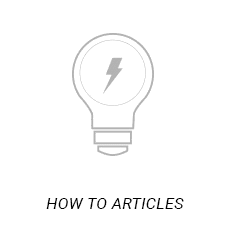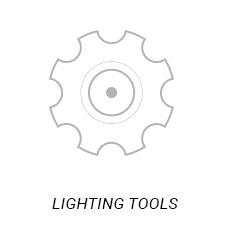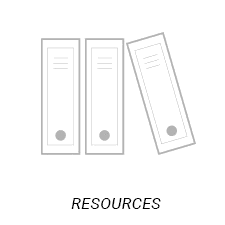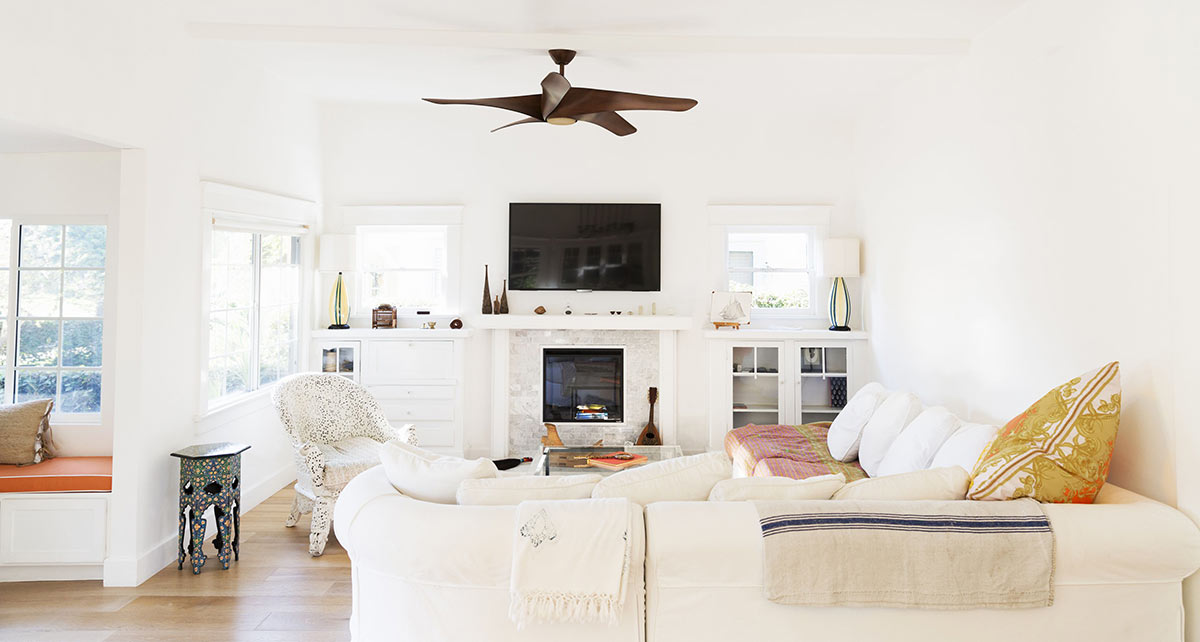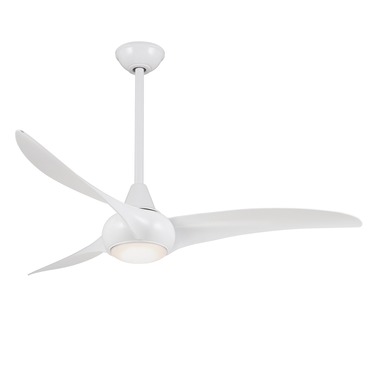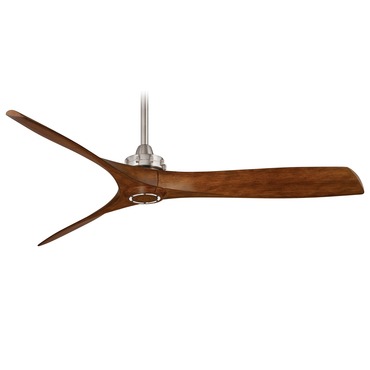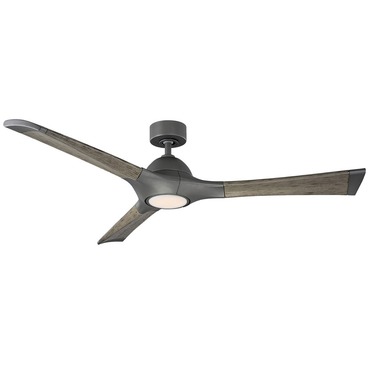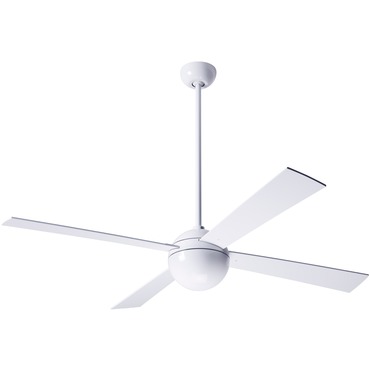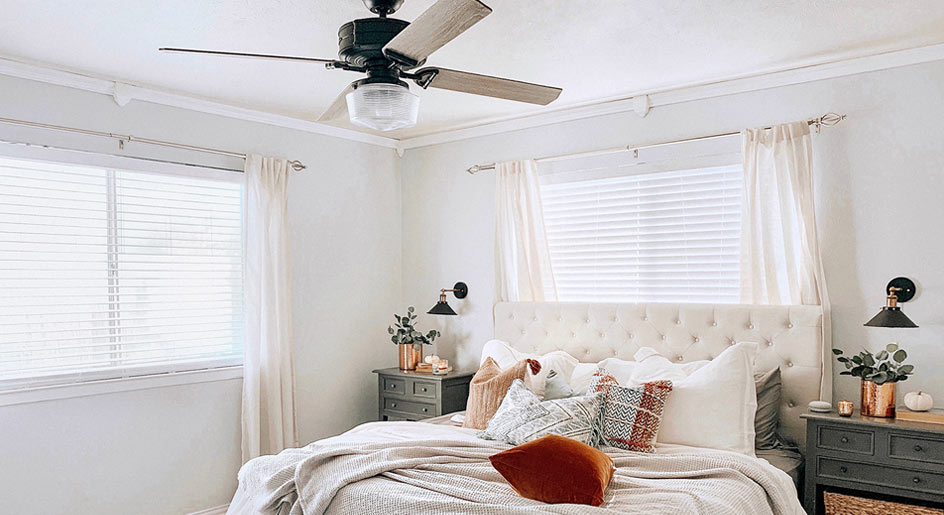
Fan Direction in
Summer vs Winter
Believe it or not, the hard-working ceiling fan is not always meant for keeping cool. With angled blades, the direction your fan spins is crucial in determining whether your fan is set for summer or warming for winter. Most ceiling fans come with the option to rotate clockwise or counterclockwise, giving you the ability to change directions based on the season. So which direction should a ceiling fan rotate in the summer? And which direction should a ceiling fan rotate in winter?
Which direction should a ceiling fan spin in summer?
When it’s hot outside, set your fan to rotate counterclockwise. You want the highest part of the angled blades to be pushing against the air, forcing it downwards. Creating a downdraft will keep you cool, and help give your air conditioner a break. Of course, the higher the speed, the cooler things will get, and with the windows open, you’ll be cool and comfortable in no time.
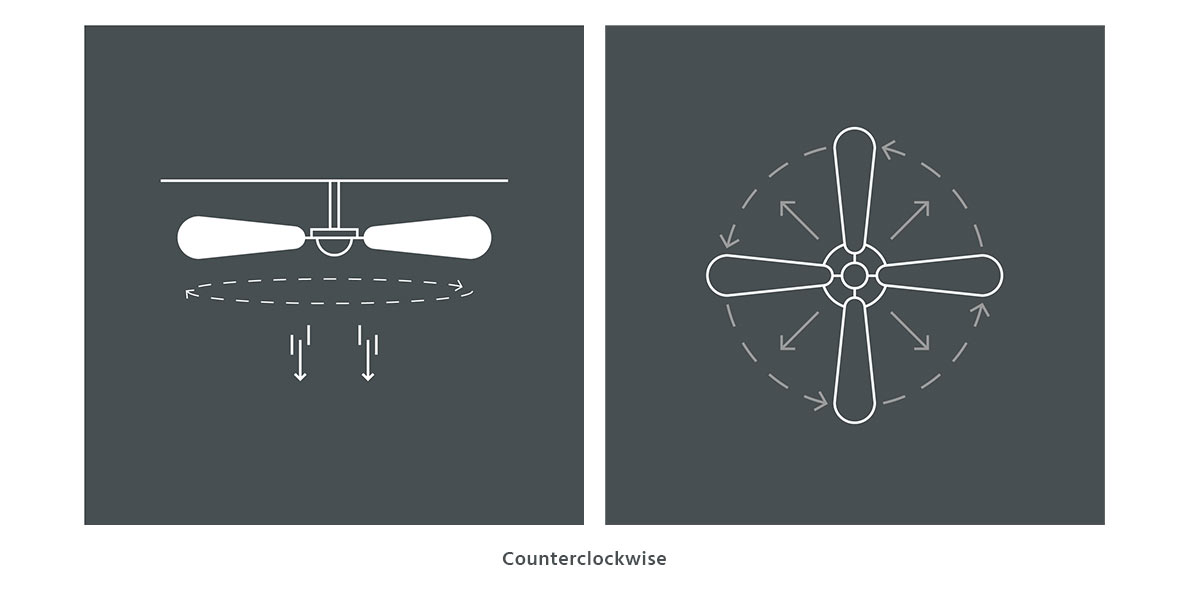
Which direction should a ceiling fan spin in winter?
When the temperatures drop outside, set your fan to rotate clockwise. You want the lowest part of the angled blades to be pushing against the air, forcing it upwards. Naturally, hot air rises to the ceiling while cool air hovers near the floor. Creating an updraft helps mix and redistribute this air, bringing the hot air down to your living environment, and cool air up to the ceiling. A calm, steady speed will ensure your space is consistently mixed during those cold winter months, and with the help of a fireplace or heating system, you can create the perfect indoor oasis.
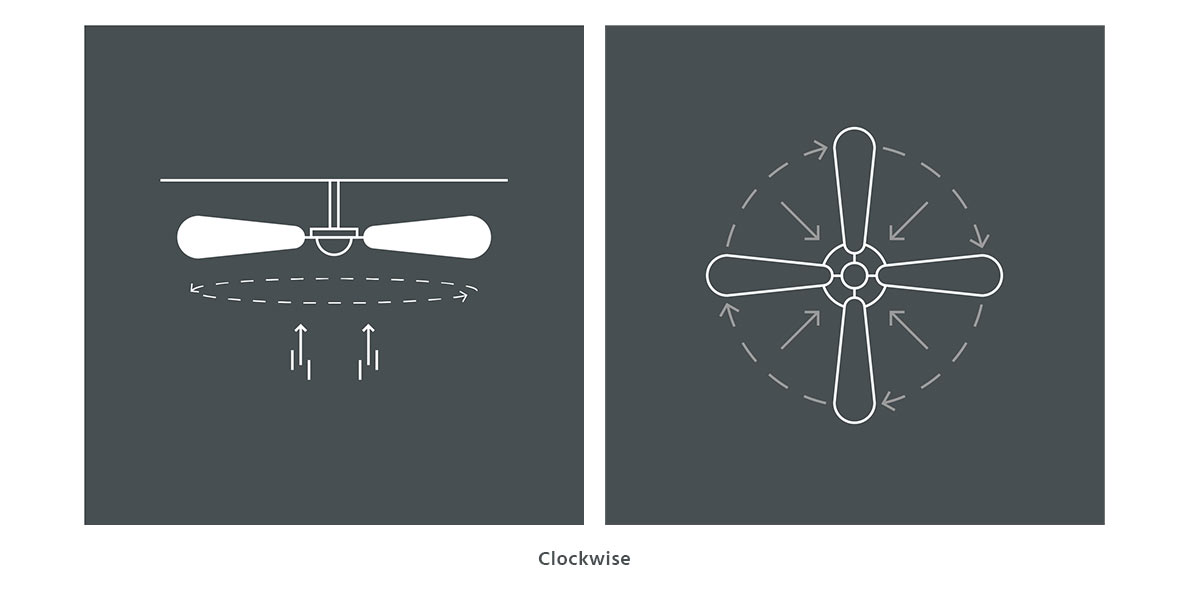
It may all seem magical, but it’s really just physics and a little modern engineering. So the next time the season changes, glance up and make sure your fan is moving in the right direction. You - and your AC / heating bill - will thank you later.
• When choosing the right ceiling fan for your space, it's important to consider not only the size and style, but also the optimal direction for the fan blades to spin in different seasons.
• If you have high or vaulted ceilings, you'll want to pay special attention to the fan direction. In rooms with high ceilings, it's generally recommended to have the fan spinning counterclockwise year-round for the best air circulation.
• To ensure you're getting an energy-efficient fan, look for models with the ENERGY STAR label. These fans have been independently certified to save energy without sacrificing performance or features.
Using a ceiling fan is an easy and effective way to stay cool while reducing your summer cooling costs. Ceiling fans create a wind-chill effect on your skin, making you feel cooler without actually lowering the temperature in the room. This means you can raise your thermostat setting a few degrees without sacrificing comfort, which helps reduce the amount of energy needed to run your air conditioner.
Shop Fans
-
Why does ceiling fan direction matter and how does it impact cooling efficiency in the summer?
-
How can I tell if my ceiling fan is spinning the correct direction for summer?
-
What are the potential energy savings of using a ceiling fan properly in the summer?
-
Should I run my ceiling fan at high or low speed in the summer for the best cooling effect?
-
Is it beneficial to use a ceiling fan in combination with air conditioning during the summer months?

